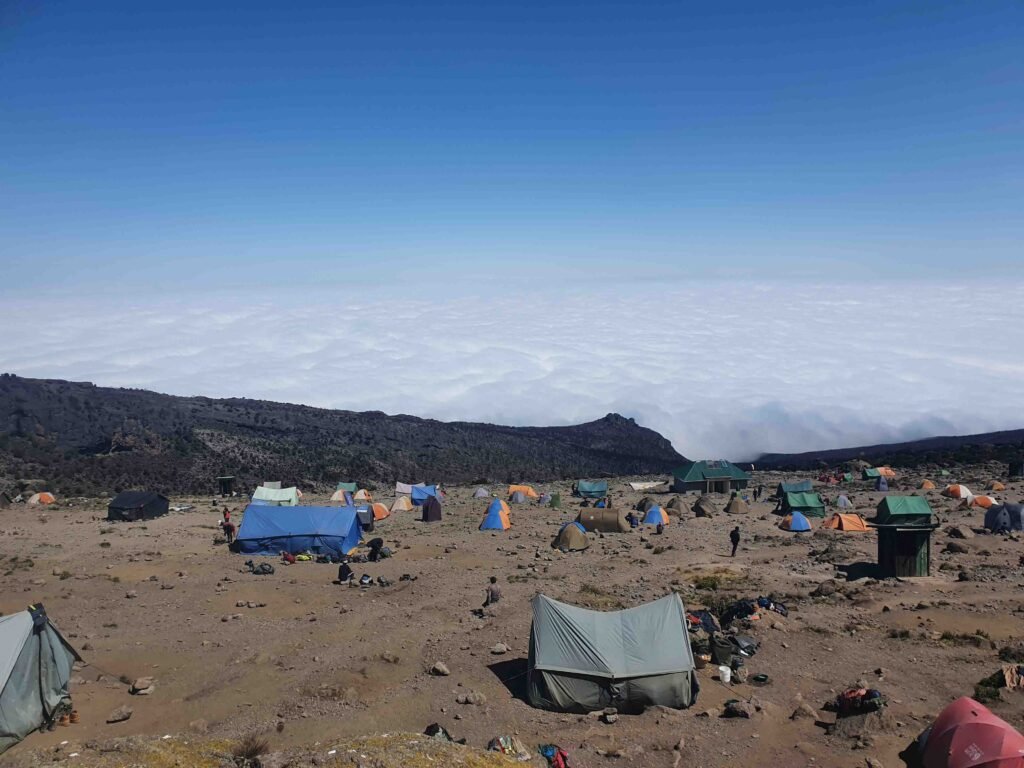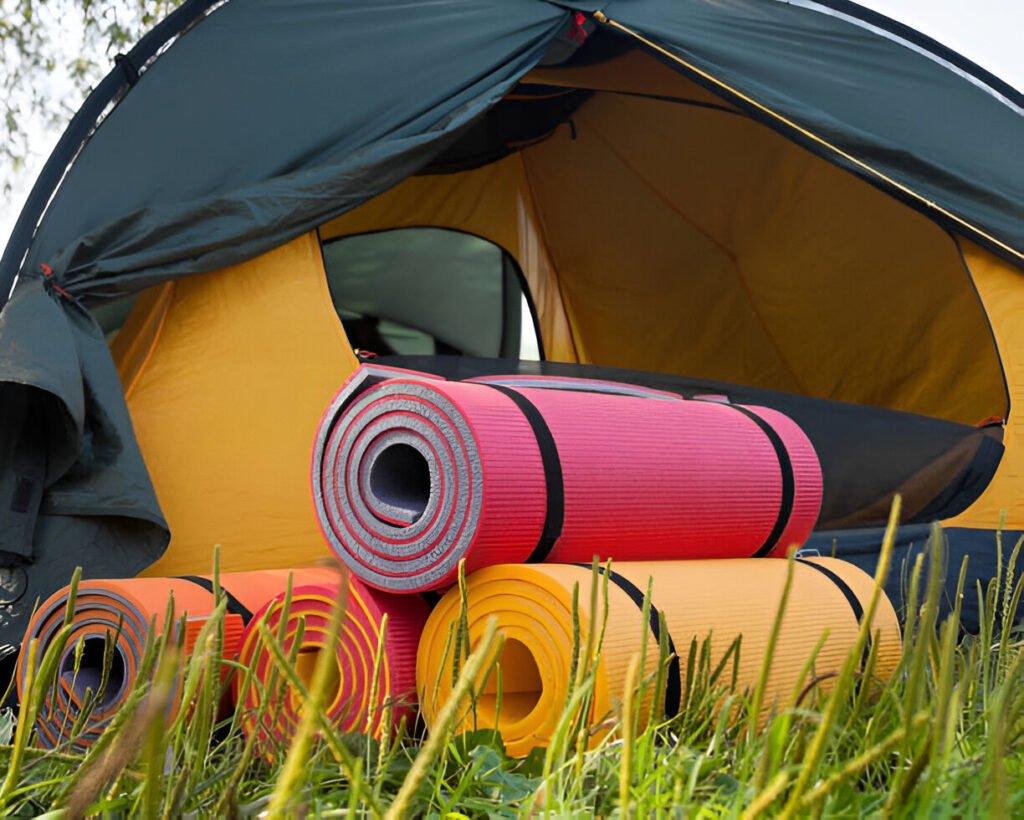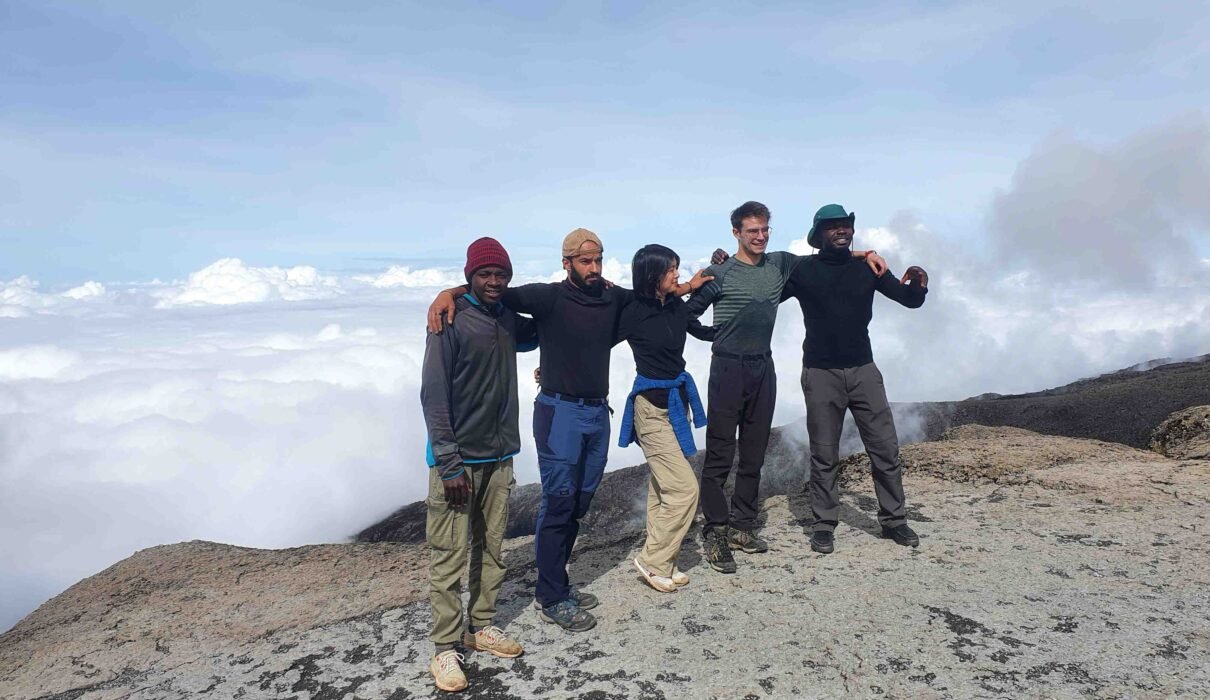Lemosho Route-A Scenic Path to Kilimanjaro is one of the most scenic and less crowded paths to the summit of Mount Kilimanjaro, Africa’s highest peak. This route is known for its stunning views, diverse landscapes, and gradual ascent, making it ideal for those looking for a longer and more immersive Kilimanjaro experience. Whether you’re an experienced climber or a first-time trekker, the Lemosho Route offers an exciting adventure with a higher success rate due to its excellent acclimatization profile.

Why Choose the Lemosho Route-A Scenic Path to Kilimanjaro ?
The Lemosho Route stands out because it provides some of the best panoramic views on Kilimanjaro, with fewer crowds compared to the more popular Marangu and Machame routes. Starting on the western side of the mountain, the route takes you through a variety of ecosystems, from lush rainforests to alpine deserts. It also offers more days on the mountain, allowing for better acclimatization, which increases your chances of reaching Uhuru Peak.
Key Benefits of the Lemosho Route:
- Spectacular scenery: The route offers some of the best views on Kilimanjaro, including the Shira Plateau and the Western Breach.
- Less crowded: It’s one of the quieter routes, providing a more peaceful trekking experience.
- Better acclimatization: The longer trek allows for a gradual ascent, reducing the risk of altitude sickness.
Learn more about why the Lemosho Route is ideal for climbing Kilimanjaro.
Best Time to Climb Lemosho Route-A Scenic Path to Kilimanjaro
The best time to climb the Lemosho Route is during the dry seasons. These periods offer the most stable weather, with clear skies and dry trails. The two main dry seasons are from January to mid-March and June to October.
Dry Season Highlights:
- January to March: Cooler temperatures and fewer crowds, ideal for those looking for a quieter experience.
- June to October: The most popular time to climb due to warmer temperatures and excellent weather conditions.
While the rainy seasons (April-May and November) are less ideal, the route can still be climbed, though trails may be muddy and visibility lower.
Discover more about the best time to climb Kilimanjaro.
Detailed Lemosho Route-A Scenic Path to Kilimanjaro Itinerary
The Lemosho Route typically takes seven to eight days, depending on your acclimatization schedule. The eight-day option is recommended for those wanting the best chance of reaching the summit, as it allows more time to adjust to the altitude.
Day 1: Lemosho Glades to Mti Mkubwa (Big Tree Camp)
- Distance: 6 km (4 miles)
- Elevation gain: 650 meters (2,133 feet)
- Terrain: Rainforest
- Highlights: Begin your trek through the lush rainforest, where you might spot monkeys and birds.
Day 2: Mti Mkubwa to Shira 1 Camp
- Distance: 8 km (5 miles)
- Elevation gain: 750 meters (2,461 feet)
- Terrain: Moorland
- Highlights: Enter the moorland zone and enjoy stunning views of the Shira Plateau.
Day 3: Shira 1 Camp to Shira 2 Camp
- Distance: 7 km (4.4 miles)
- Elevation gain: 300 meters (984 feet)
- Terrain: Alpine desert
- Highlights: Cross the vast Shira Plateau, one of the highlights of the route.
Day 4: Shira 2 Camp to Barranco Camp (via Lava Tower)
- Distance: 10 km (6.2 miles)
- Elevation gain: 750 meters (2,461 feet)
- Terrain: Alpine desert
- Highlights: Climb to the Lava Tower at 4,600 meters for acclimatization, then descend to Barranco Camp.
Day 5: Barranco Camp to Karanga Camp
- Distance: 5 km (3.1 miles)
- Elevation gain: Minimal
- Terrain: Rocky, with the Barranco Wall climb
- Highlights: The day starts with a challenging climb up the Barranco Wall, offering stunning views of the Kibo Peak.
Day 6: Karanga Camp to Barafu Camp
- Distance: 4 km (2.5 miles)
- Elevation gain: 600 meters (1,968 feet)
- Terrain: Alpine desert
- Highlights: Prepare for the final summit push, with a shorter trek to Barafu Camp.
Day 7: Barafu Camp to Uhuru Peak (Summit) to Mweka Camp
- Distance: 5 km (3.1 miles) to summit, 12 km (7.5 miles) descent to Mweka Camp
- Elevation gain: 1,295 meters (4,248 feet) to summit, 2,795 meters (9,170 feet) descent
- Terrain: Rocky and icy
- Highlights: Start your summit attempt at midnight to reach Uhuru Peak at sunrise, then descend to Mweka Camp.
Day 8: Mweka Camp to Mweka Gate
- Distance: 10 km (6.2 miles)
- Elevation loss: 1,400 meters (4,593 feet)
- Terrain: Forest
- Highlights: Descend through the forest and celebrate your achievement at the Mweka Gate.
Learn more about the detailed day-by-day itinerary for the Lemosho Route.
Acclimatization on the Lemosho Route-A Scenic Path to Kilimanjaro
The Lemosho Route is known for its excellent acclimatization profile. By spending more time on the mountain and following the “climb high, sleep low” principle, climbers reduce their risk of altitude sickness. The additional days on the route allow your body to adjust gradually to the high altitude.
Tips for Acclimatization:
- Take it slow: Walk at a steady pace and avoid rushing.
- Stay hydrated: Drink plenty of water throughout the day.
- Acclimatization hikes: Take short hikes to higher altitudes during rest days to help your body adjust.
Find more tips on how to acclimatize on Kilimanjaro.
What to Pack for Lemosho Route-A Scenic Path to Kilimanjaro
Packing for a Kilimanjaro trek requires careful planning, especially since the Lemosho Route takes you through various climate zones. You’ll need to be prepared for hot temperatures at the base and freezing conditions near the summit.
Essential Gear:
- Layered clothing: Dress in layers to adjust to temperature changes.
- Waterproof jacket and pants: Rain is common in the lower altitudes.
- Sleeping bag: A warm sleeping bag rated for sub-zero temperatures is a must.
- Trekking poles: Helpful for stability, especially during descents.
Check out a full Kilimanjaro packing list.

Physical Fitness and Training for Lemosho Route-A Scenic Path to Kilimanjaro
The Lemosho Route is a moderate to challenging trek, requiring a good level of fitness. While it’s accessible to most trekkers, being in good physical condition increases your chances of success. Focus on building stamina, strength, and cardiovascular endurance.
Recommended Training:
- Cardio workouts: Include regular aerobic exercises like running, swimming, or cycling to build stamina.
- Hiking practice: Get used to long walks and hiking at higher altitudes if possible.
- Strength training: Build leg strength for the uphill and downhill sections of the trek.
Learn more about how to train for Kilimanjaro.
Guided Treks on the Lemosho Route-A Scenic Path to Kilimanjaro
Booking a guided trek with an experienced operator is essential for a safe and successful climb. Kilimanjaro Climb Specialist offers expert-guided tours on the Lemosho Route, providing professional guides, quality equipment, and support every step of the way.
For those looking to combine a Kilimanjaro climb with a wildlife safari, Eddy Tours & Safaris offers customized safari packages that include the best of Tanzania’s wildlife after your trek.
Explore guided treks on the Lemosho Route with expert support.
Conclusion: Lemosho Route-A Scenic Path to Kilimanjaro
The Lemosho Route offers a scenic, challenging, and rewarding path to the summit of Mount Kilimanjaro. With its excellent acclimatization schedule, stunning landscapes, and fewer crowds, it’s an ideal route for those looking for a more immersive trekking experience. Whether you’re tackling Kilimanjaro for the first time or seeking a quieter adventure, the Lemosho Route provides an unforgettable journey to Africa’s highest peak.
To start planning your climb, visit Kilimanjaro Climb Specialist for expert-guided treks. You can also enhance your trip with a customized safari experience from Eddy Tours & Safaris.

